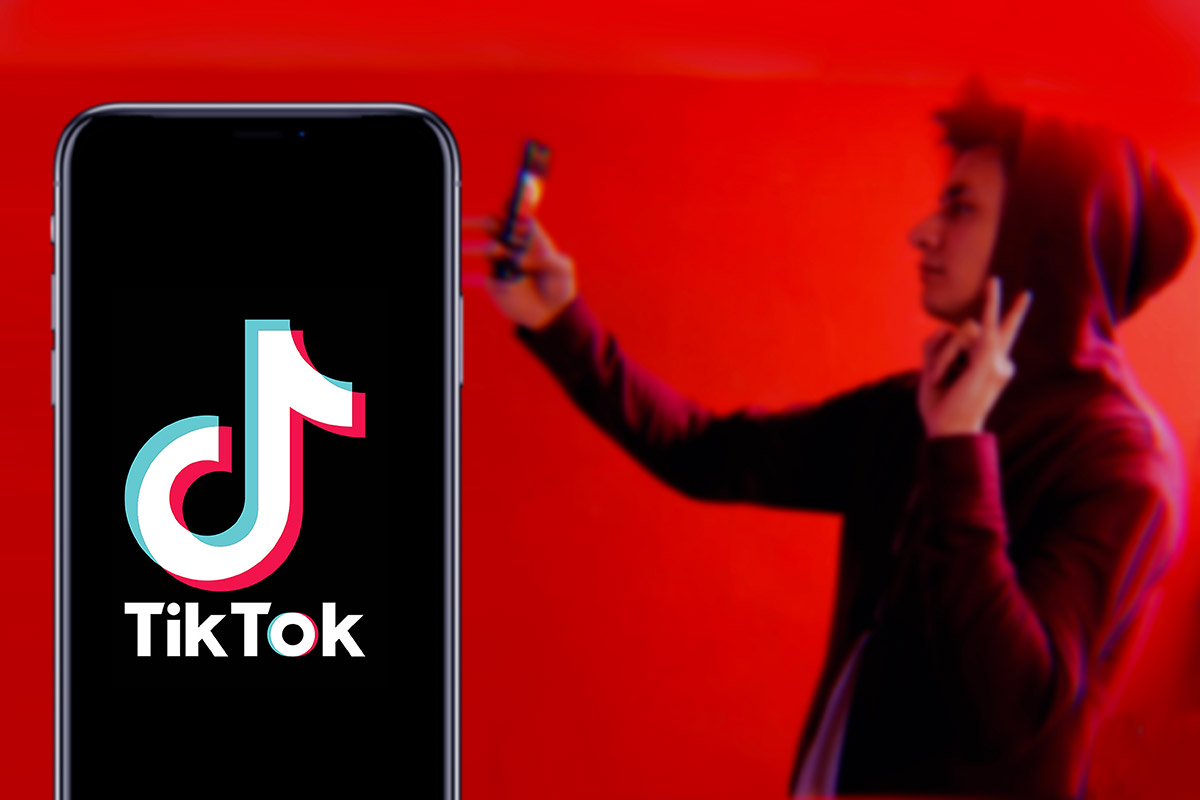Podcasts, streaming audio and video, Connected TV, video games, the metaverse – all have developed rapidly and become standard in many lives during a short period. Marketers have noticed this and kept pace, adapting to the new world of technological innovation. Wherever the customers are, the marketers must be.
The question is how marketers can leverage these channels while recognizing that the audiences are the same but the media are different.
The evolution of new media advertising
Podcasts and Connected TV are two of the fastest growing new media formats. Podcasts, as we know them today, originated around 2004 as programs to download radio broadcasts. Advertising in this new media format worked as native ads, meaning that they were read by the radio host rather than being integrated into the program content.
Nowadays, advertising on podcasts requires greater creativity and integration with the content to be engaging and increase brand recognition. The hosts and writers of the podcasts are in charge of producing the ads, adding their own flavor and tone.
Connected TV is newer, referring to TVs that have access to the internet and can stream digital content such as audio or video. It has become an essential part of people’s homes in the last few years and so advertisers and marketers have increased their interest in this new media. The category also includes smart TVs, game consoles (e.g. PlayStation) and other devices like Chromecast.
Today, Connected TV is one of the biggest content mediums and it continues to grow , replacing already-outdated cable and satellite TV services.

The benefits of new media?
New media is the media most of us consume. Streaming, for example, has become the standard method to consume new kinds of on-demand content for both audio and video formats. The Connected TV industry will reach $113 billion by 2026, making it a lucrative business for marketers. Approximately 75% of all households in the US reportedly have access to Connected TV according to Digital Dealer.
Importantly, consumers choose on-demand content and so are more invested and engaged in this kind of media than in programmed media such as traditional TV or radio. Audiences that choose specific content on specific platforms are clearly very valuable to advertisers.
The same thing happens with audio streaming, which has overtaken traditional radio in many markets. Streaming audio apps have seen massive growth, with as many as 209 million people estimated to listen to online audio monthly according to Trinity Audio.
How can you advertise in new media?
Digital advertising is, of course, constantly adapting to new trends, technologies and audience consumption habits. But how can you know if advertising in new media is the right thing for your brand and your marketing strategy?
Defining the new media consumer

Profiling of new media consumers shows that the main demographic consists of young people aged 18-34 . Therefore, an investment in new media is primarily an investment in an existing or potential GenZ and Millenial audience.
New media is also most consumed at home. Streaming represents around 25% of TV usage, and in 2021 59% of podcasts were listened to at home. This could suggest that audiences are more relaxed and have more time to consume content while not working and distracted by other things.
According to MNTN, Connected TV viewers tend to come from affluent families and have a college degree, as do 28% of podcast listeners – a useful demographic detail to know.
New media is also mainly consumed for entertainment and relaxation, as seen in Netflix, Amazon TV or Disney+. Although their subscription growth stalled in 2022, these companies are expected to invest billions of dollars in new content. This focus on constantly updated entertainment makes the consumer more open targeted ads and have a better predisposition to be more engaged.
5 ways to start investing in new media
1. Define your target audience
Make sure that the targeting of your ads is well researched and executed. Keep in mind the demographics of your audience, their behavior, interests and the context of the content in which you’re inserting your ads. For example, are they at home consuming long-form content such as series, or are they on social media while commuting or on breaks at work?
There are already many new media platforms that allow you to input this information and segment your audience for seamless targeting, such as podcasts, Connected TV or streaming ad platforms.
2. Set your goals
Ask yourself exactly what you are trying to achieve with your new media ad campaign. You need to create ads that serve as a vehicle to reach your goals while also aligning with what your audience wants and needs. Remember to use multimedia resources such as audio or video effects to grab your audience’s attention, and be sure to add CTAs at the end!
3. Assign the necessary budget
This depends on the format of the ad. Budgets can be lower for audio formats (while also allowing greater creativity per spend), but this depends on factors such as the langauge of targeted country/app and whether you have access to a sound studio. For video formats, it’s important to recognize the skills necessary to create high-quality ads. All creative aspects of ad production have to be adequately budgeted to have excellent ads.
4. Repurpose previous ads
In the case of video streaming ads and Connected TV, you can repurpose successful previous video ads (e.g. from social media or websites) and incorporate them in your new media ad campaigns. Make sure to follow the correct technical specifictions for video and recognize your target audience’s preferences to ensure high quality.
5. Measure your results
Measuring results in new media formats can be different from the typical digital ad campaign. For instance, clicks may not have the same importance in audio ads as in a Google Ad campaign. You may need to measure your results with different metrics such as reach, site visits or ad completion rates. Regular monitoring of results is necessary in case creative changes or ad repositioning are required.

New media is increasingly just the media. It’s time for advertisers to recognize the benefits and reap the rewards.
Feel free to contact us to learn more about new types of media and how to market within them! Click here to reach out.
What is new media?
New media is a term that represents internet-related types of communication. Since technology is constantly evolving, new media includes any new form of digital communication such as streaming apps, podcasts, mobile apps, websites or Connected TV.
Why should advertisers invest in new media?
Stats reveal that the consumption of new media keeps increasing and it’s now an established part of many lives. This, along with the large investments in these new formats and the availability of very diverse content, makes new media attractive for advertisers.










